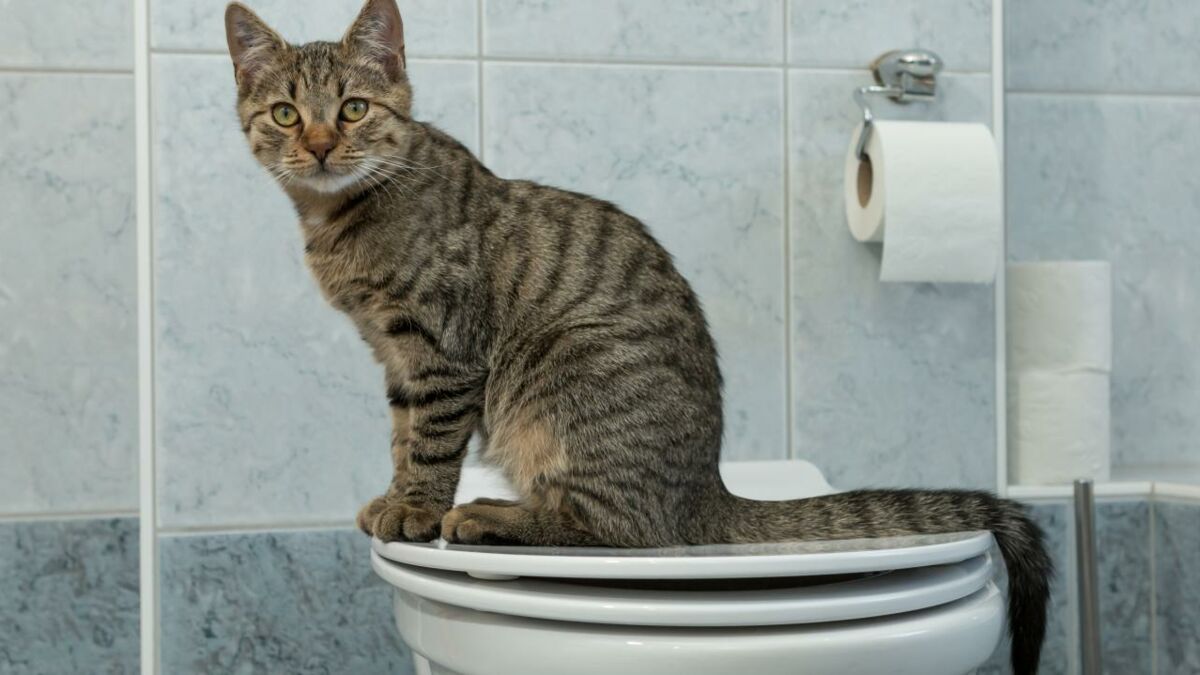How do you actually feel with regards to How to Dispose of Cat Poop and Litter Without Plastic Bags?

Introduction
As feline proprietors, it's essential to be mindful of just how we deal with our feline good friends' waste. While it might seem practical to purge cat poop down the commode, this practice can have harmful repercussions for both the setting and human health.
Alternatives to Flushing
Luckily, there are more secure and more responsible methods to get rid of cat poop. Think about the adhering to choices:
1. Scoop and Dispose in Trash
The most common technique of throwing away pet cat poop is to scoop it into a naturally degradable bag and toss it in the garbage. Make certain to make use of a dedicated litter scoop and deal with the waste immediately.
2. Usage Biodegradable Litter
Go with biodegradable cat clutter made from products such as corn or wheat. These clutters are eco-friendly and can be securely thrown away in the garbage.
3. Hide in the Yard
If you have a backyard, take into consideration hiding pet cat waste in a marked location far from veggie yards and water sources. Make sure to dig deep sufficient to prevent contamination of groundwater.
4. Install a Pet Waste Disposal System
Invest in a pet garbage disposal system especially created for pet cat waste. These systems utilize enzymes to break down the waste, minimizing odor and ecological influence.
Health Risks
Along with ecological issues, flushing cat waste can additionally present health and wellness risks to human beings. Feline feces may have Toxoplasma gondii, a bloodsucker that can trigger toxoplasmosis-- a potentially extreme ailment, especially for expecting women and people with weakened immune systems.
Ecological Impact
Purging cat poop presents unsafe microorganisms and parasites right into the water system, positioning a substantial danger to aquatic ecological communities. These pollutants can negatively influence marine life and concession water high quality.
Conclusion
Accountable animal possession extends past offering food and shelter-- it additionally includes correct waste administration. By refraining from purging feline poop down the toilet and going with alternate disposal techniques, we can minimize our ecological footprint and secure human health.
Why Can’t I Flush Cat Poop?
It Spreads a Parasite
Cats are frequently infected with a parasite called toxoplasma gondii. The parasite causes an infection called toxoplasmosis. It is usually harmless to cats. The parasite only uses cat poop as a host for its eggs. Otherwise, the cat’s immune system usually keeps the infection at low enough levels to maintain its own health. But it does not stop the develop of eggs. These eggs are tiny and surprisingly tough. They may survive for a year before they begin to grow. But that’s the problem.
Our wastewater system is not designed to deal with toxoplasmosis eggs. Instead, most eggs will flush from your toilet into sewers and wastewater management plants. After the sewage is treated for many other harmful things in it, it is typically released into local rivers, lakes, or oceans. Here, the toxoplasmosis eggs can find new hosts, including starfish, crabs, otters, and many other wildlife. For many, this is a significant risk to their health. Toxoplasmosis can also end up infecting water sources that are important for agriculture, which means our deer, pigs, and sheep can get infected too.
Is There Risk to Humans?
There can be a risk to human life from flushing cat poop down the toilet. If you do so, the parasites from your cat’s poop can end up in shellfish, game animals, or livestock. If this meat is then served raw or undercooked, the people who eat it can get sick.
In fact, according to the CDC, 40 million people in the United States are infected with toxoplasma gondii. They get it from exposure to infected seafood, or from some kind of cat poop contamination, like drinking from a stream that is contaminated or touching anything that has come into contact with cat poop. That includes just cleaning a cat litter box.
Most people who get infected with these parasites will not develop any symptoms. However, for pregnant women or for those with compromised immune systems, the parasite can cause severe health problems.
How to Handle Cat Poop
The best way to handle cat poop is actually to clean the box more often. The eggs that the parasite sheds will not become active until one to five days after the cat poops. That means that if you clean daily, you’re much less likely to come into direct contact with infectious eggs.
That said, always dispose of cat poop in the garbage and not down the toilet. Wash your hands before and after you clean the litter box, and bring the bag of poop right outside to your garbage bins.
https://trenchlesssolutionsusa.com/why-cant-i-flush-cat-poop/

I hope you enjoyed reading our excerpt on Don’t flush cat feces down the toilet. Thanks so much for taking the time to browse our blog. Are you aware of somebody who is curious about the niche? Feel free to promote it. Thanks a lot for your time. Come back soon.
Click Here
Comments on “Prevent Plumbing Problems: Never Flush Cat Poop Down Your Toilet - Expert Guidance”